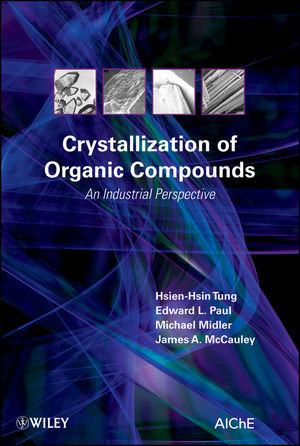Crystallization of Organic Compounds: An Industrial PerspectiveISBN: 978-0-471-46780-9
Hardcover
300 pages
June 2009
 This is a Print-on-Demand title. It will be printed specifically to fill your order. Please allow an additional 15-20 days delivery time. The book is not returnable.
|
||||||



